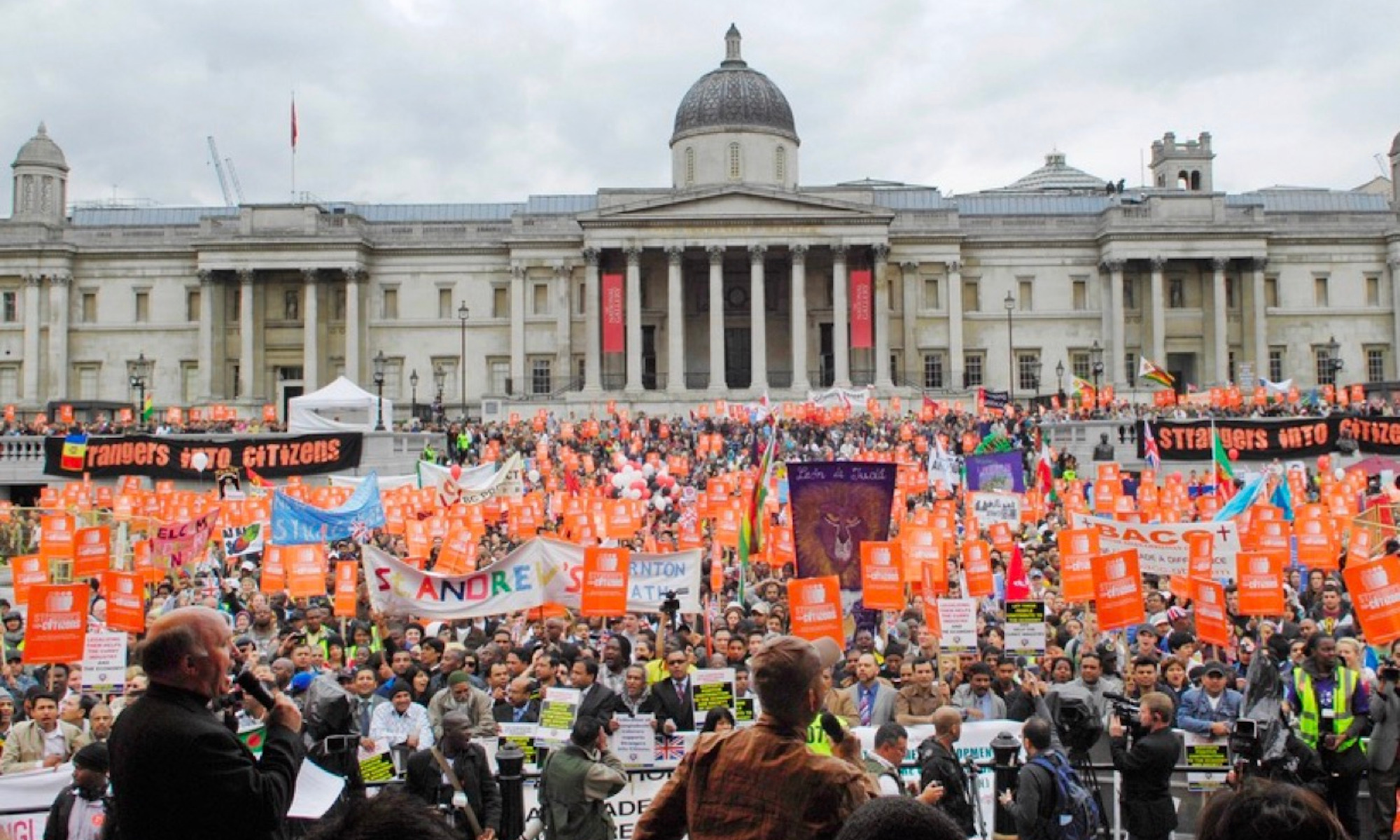The metropolitan works district of St Pancras Vestry experienced rapid population growth throughout the 1800s, with its population increasing by almost nine times throughout the century.

In 1801-10, the population of the district stood at 31,779, making it the tenth most populated district in the city. It’s worth noting that, according to Cary’s 1802 map, only a tiny fraction of the district had been built upon, with most development in the district’s southern tip closest to central London. Indeed, this 1802 map only covers about a third of the district, suggesting that St Pancras Vestry does indeed represent the northern frontier of the city’s area.
The population of the district continues to rise steadily, hitting 100,000 by 1831-40, as we see more institutions crop up towards the north of the district. This seems to suggest that the size of the city is expanding, as migrants to London seek accommodation on what were once the city’s outer fringes. This is confirmed by Cross’s 1859 New Plan of London, which shows healthy development in Camden, Kentish Town, and Haverstock Hill (though not nearly as dense as more established areas like around Westminster and the City).

By 1890, the population of the district stands at just over 235,000, making it one of the most populous districts in the city. We see a couple of institutions opening around the Kentish Town area, suggesting that these northern locales have been firmly cemented as towns in their own right. It is worth noting, however, that the density of the district still remains relatively low during the entire period, hovering well below the London average throughout the 19th century. The district itself is quite a large, thin strip that radiates from the centre of London northwards, so it is unsurprising that density remains low throughout the period.
I would also suggest that most of this increase in population happens towards the north and centre of the district, as the southern tips of St Pancras Vestry become more orientated towards business, education and healthcare. As mentioned in my last blog post, many of these institutions crop up along Euston Road and around Fitzroy Square, and a number of train stations (and a huge loading yard) was built in the south of the district in the mid to late 1800s. With so much non-residential development in the area south of Euston Road, one might suggest that the southern tip of the district experienced much slower rates of population growth (or even suffered depopulation) as these new businesses, non-profits and transport hubs staked their claim for a slice of the city’s footprint.


